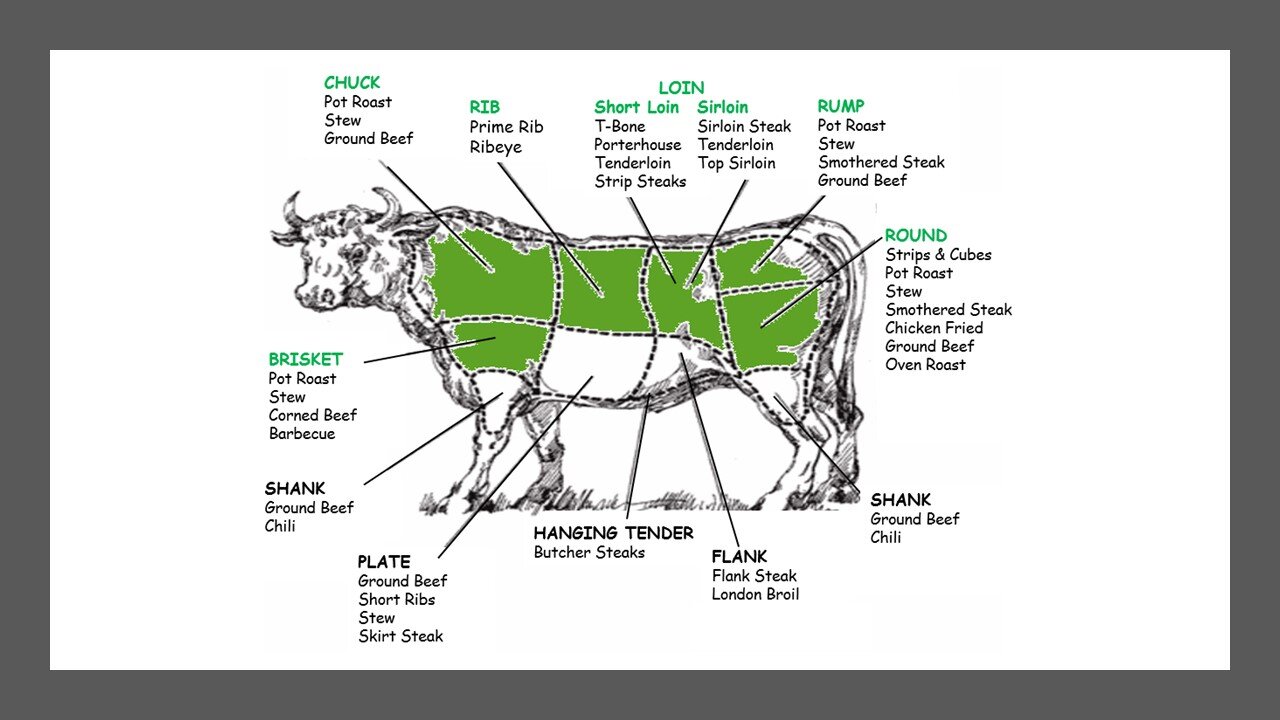DRY AGED BEEF ~ What is it? History? What to expect…
Note: I used my SteakAger Pro 40 to dry age in my own home (use my code GC5 for a 5% discount on the SteakAger Pro 40, this can’t be combined with other discounts)
WHAT IS DRY AGED BEEF
Dry-aged steaks are different from fresh-cut steaks, they taste different, I’d say more “beefy”. They are more tender, they have less moisture; during the dry-aging process, a significant amount of moisture is removed, concentrating and enhancing the beef flavors. Some beef cuts lose as much as 25% to 30% of their weight in water.
Dry aged steaks cook faster than un-aged steaks, so pay attention to the internal temperature as the cook. They also won’t release nearly as much hemoglobin (the red, blood looking liquid).
When beef is dry-aged, chemistry happens, there are three changes that occur:
Tenderization occurs when enzymes naturally present in the meat break down muscle fibers and connective tissues. Most tenderization occurs in the first seven to ten days of the dry aging process. Beef will continue to tenderize after this point, but at a much reduced rate. At 28 days, increased tenderizing stops.
Flavor enhancement/increased umami is caused by numerous processes, including enzymatic and bacterial action. Dry aged meat will develop deeply beefy flavor at 30-40 days and the flavors intensify as you age longer into a more nutty and almost cheese-like aromas.
Moisture loss is a component of dry aged beef. It can lose around 30 percent of its initial volume in water loss. This concentrates the flavor. Much of the moisture is lost in the outer layer of beef, a good fat cap will reduce the amount of loss. As the moisture evaporates, the outer layers of meat form a pellicle. The pellicle has an almost beef jerky quality to it. The pellicle can be used in stocks, sauces and can be ground up and used to enhance the beefy flavor of your burgers.











